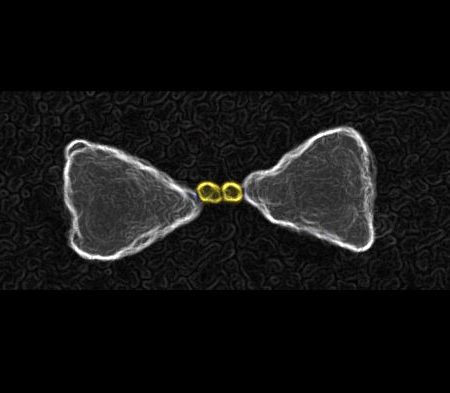File this one under things you might not expect a scientist to say: “The sun is more surprising than we knew.” That’s what Michigan State University’s Mehr Un Nisa told Live Science in a statement. The occasion? Live Science’s reporting on a new study published in Physics Review Letters titled “Discovery of Gamma Rays from the Quiescent Sun with HAWC,” of which Nisa is one of the authors.
As for what the study entails, Live Science’s Kiley Price describes its authors’ findings as revealing the evidence of “immensely powerful light” — specifically, gamma rays. Evidently, the findings of this study showed there to be significantly more gamma rays emanated by the sun than had been previously believed.
The “HAWC” in the paper’s title refers to the High-Altitude Water Cherenkov Observatory. The HAWC’s website describes it as “a facility designed to observe gamma rays and cosmic rays between 100 GeV and 100 TeV” — which makes it ideal for detecting things like gamma rays and the effects of a supernova. It’s also located near a volcano not far from Puebla, Mexico.
If your mental image of an observatory is one that involves a massive telescope, HAWC might prompt you to rethink that — this one involves hundreds of tanks full of water. This, as Price writes, gives the facility the ability to detect subatomic particles.
The Best Houseplants for Beginners
You don’t need a green thumb to take care of any of these beginner-friendly indoor plantsNisa described being surprised by the results of the study. “After looking at six years’ worth of data, out popped this excess of gamma rays,” she told Live Science — and revealed that they were initially concerned that the data was in error. That’s not the case, however — and scientists now have a new mystery to solve.
Thanks for reading InsideHook. Sign up for our daily newsletter and be in the know.


















